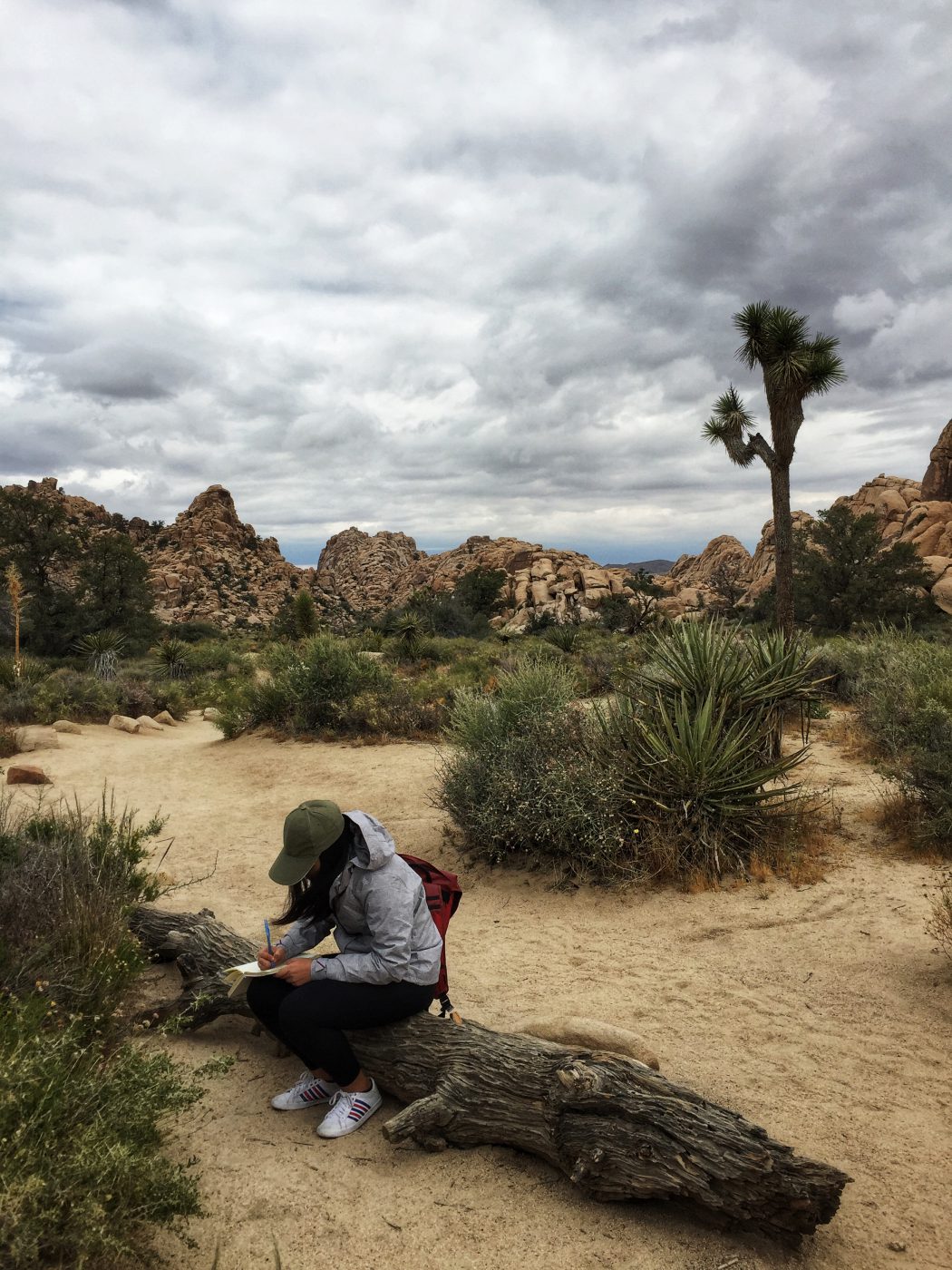
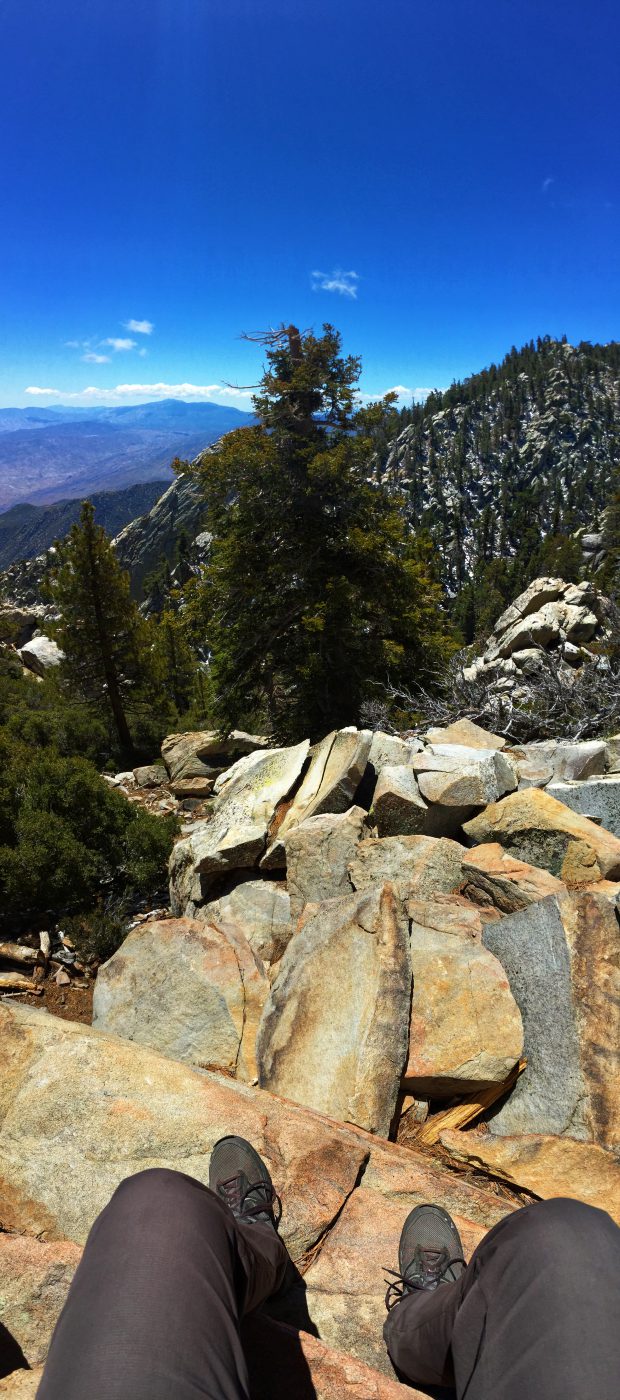
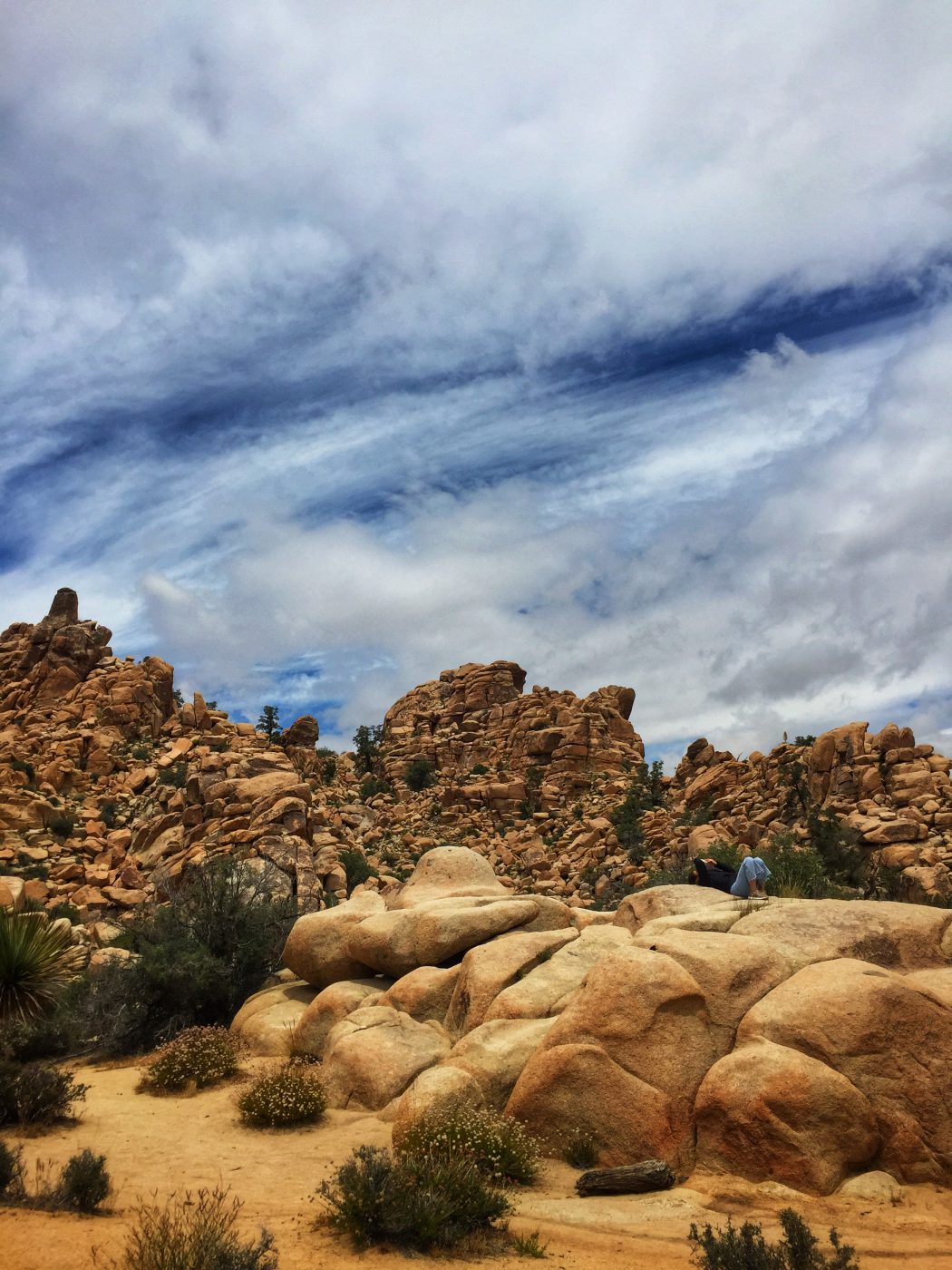

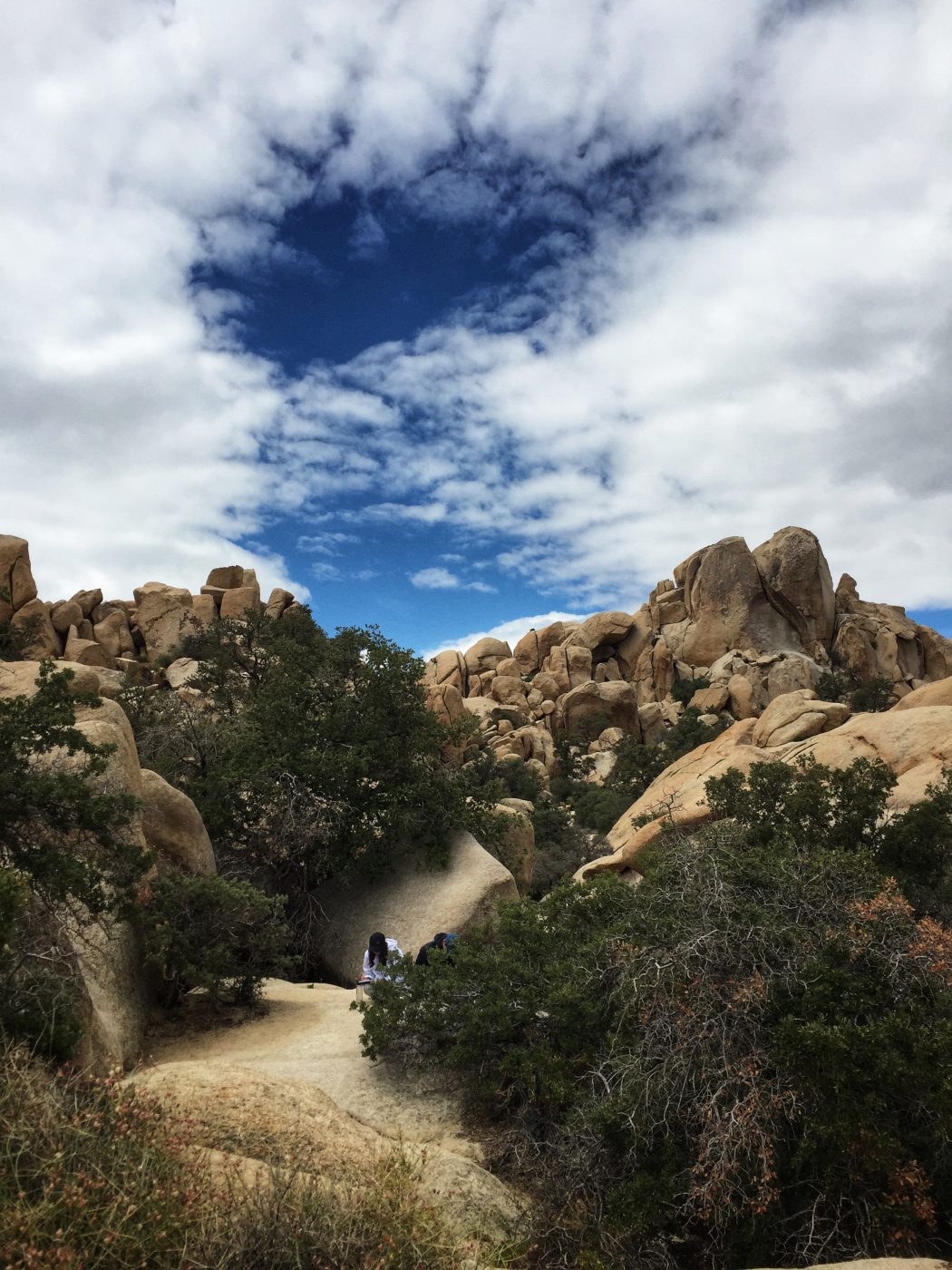


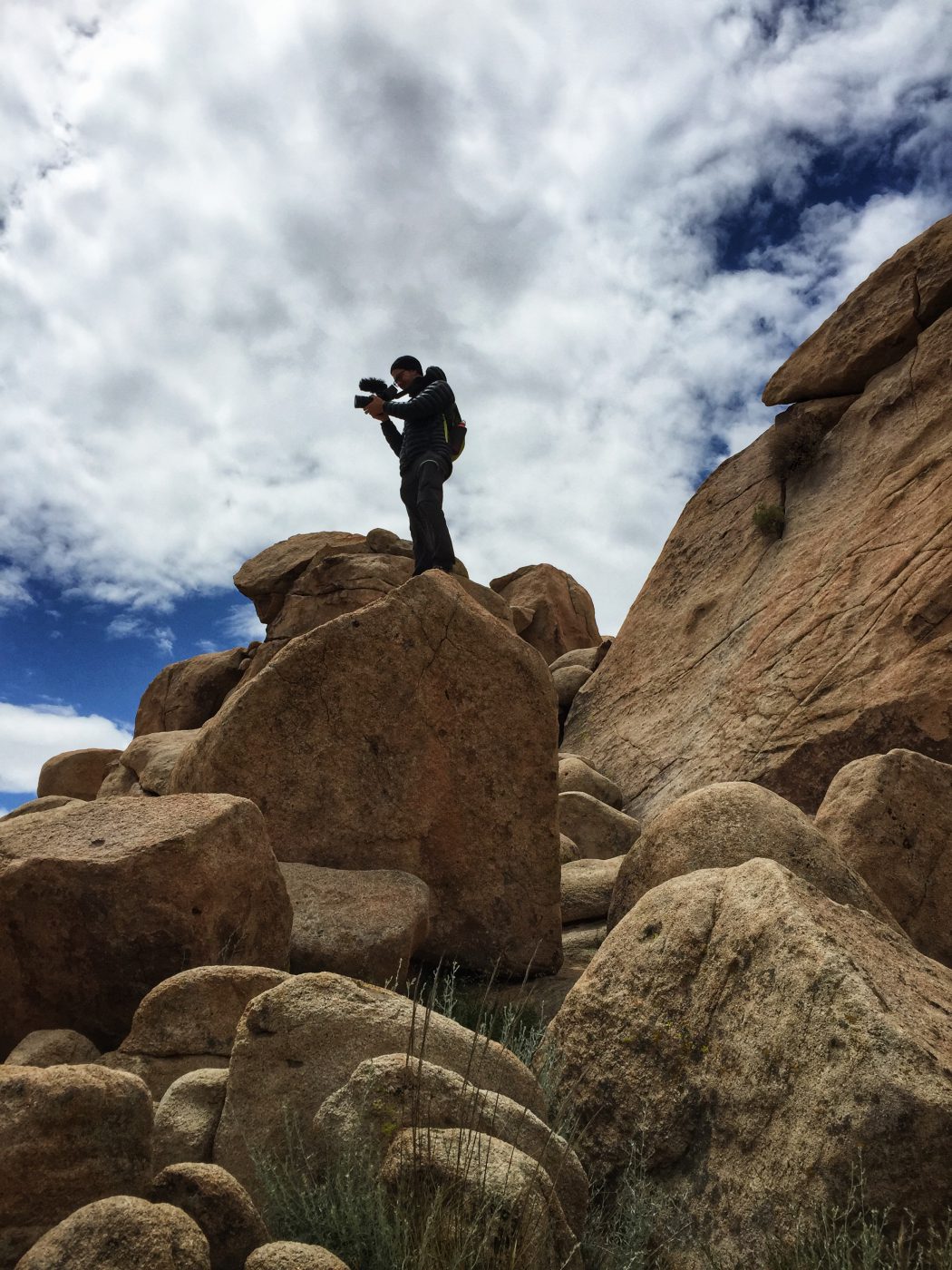
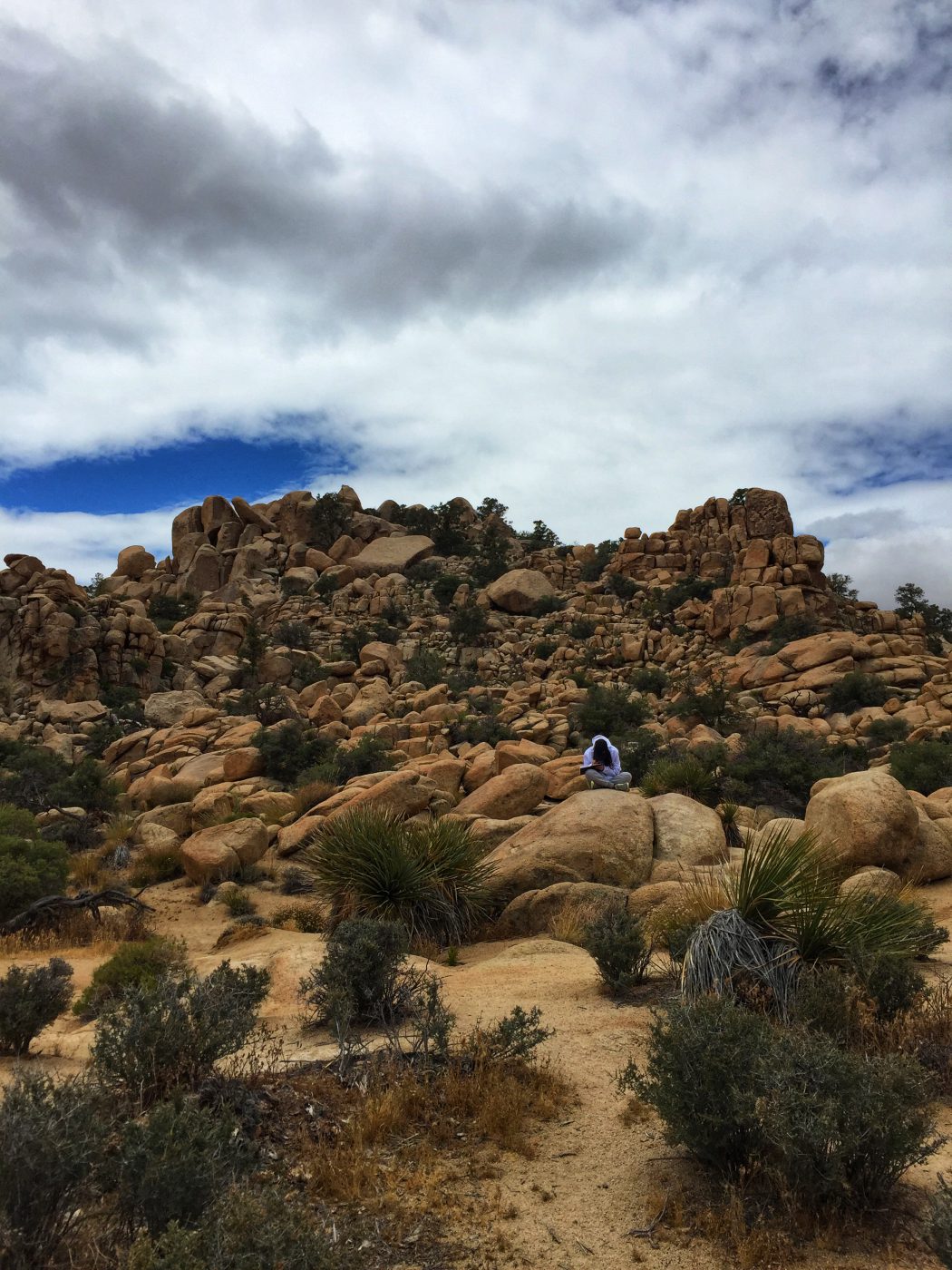
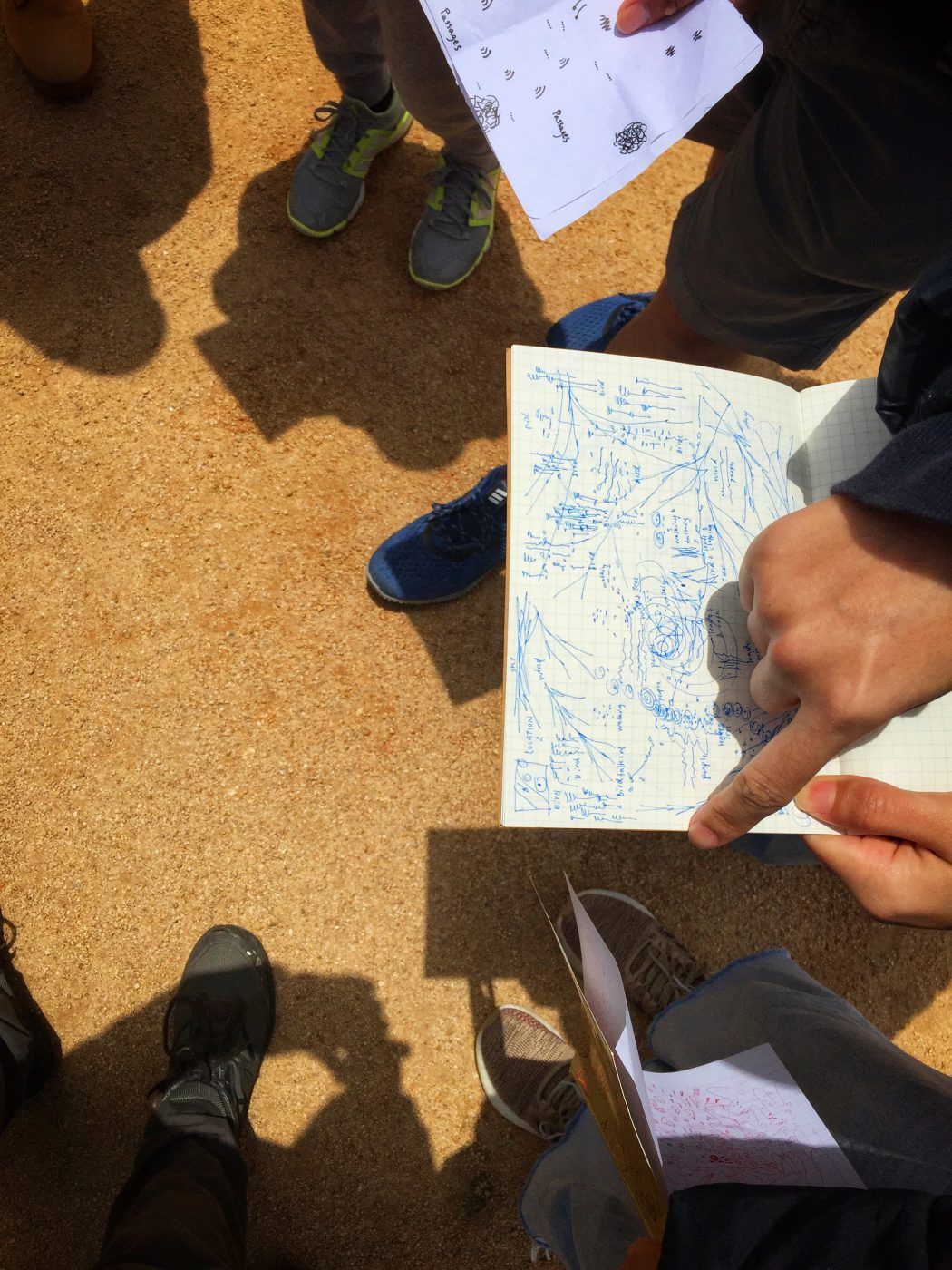
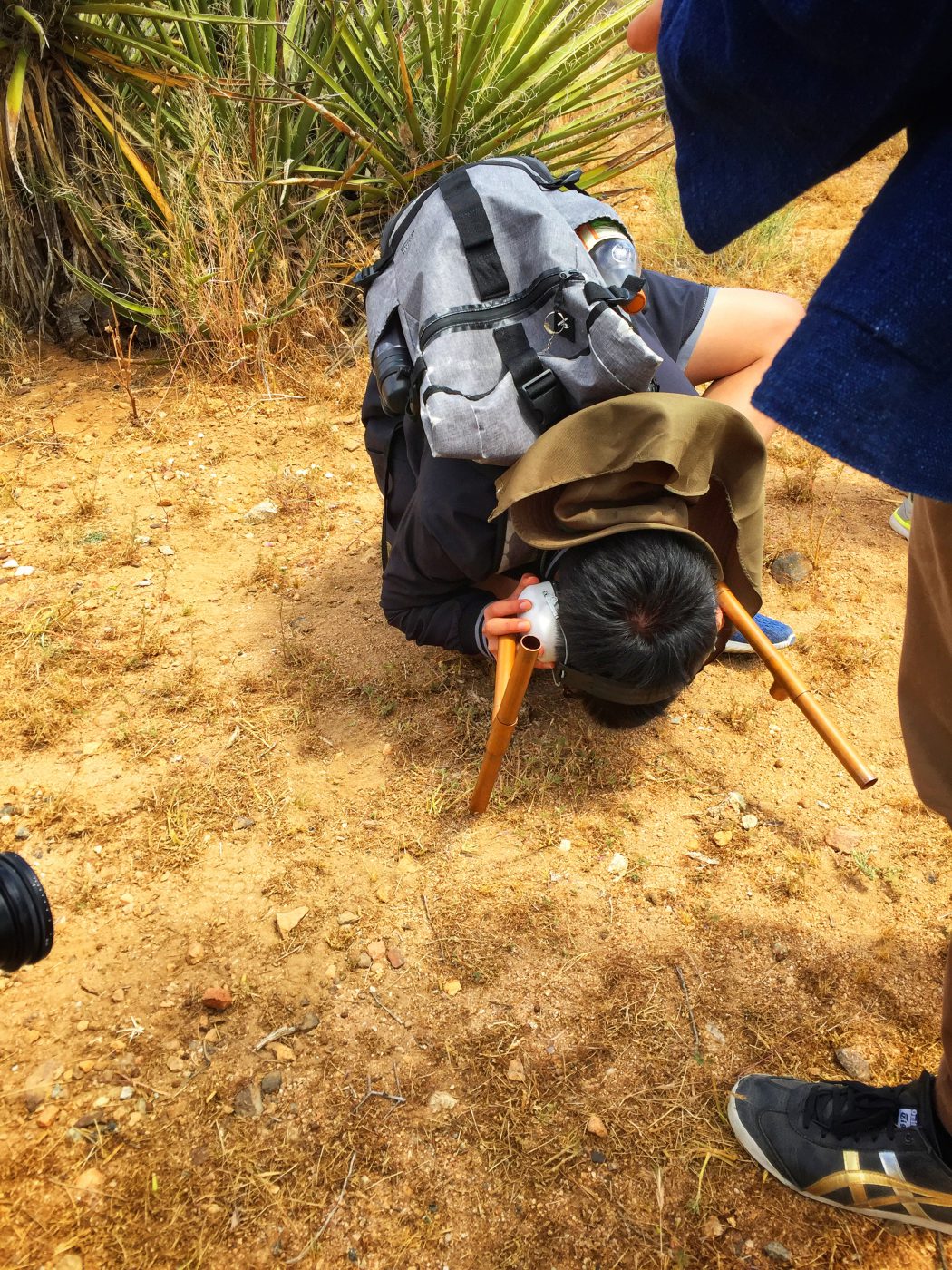
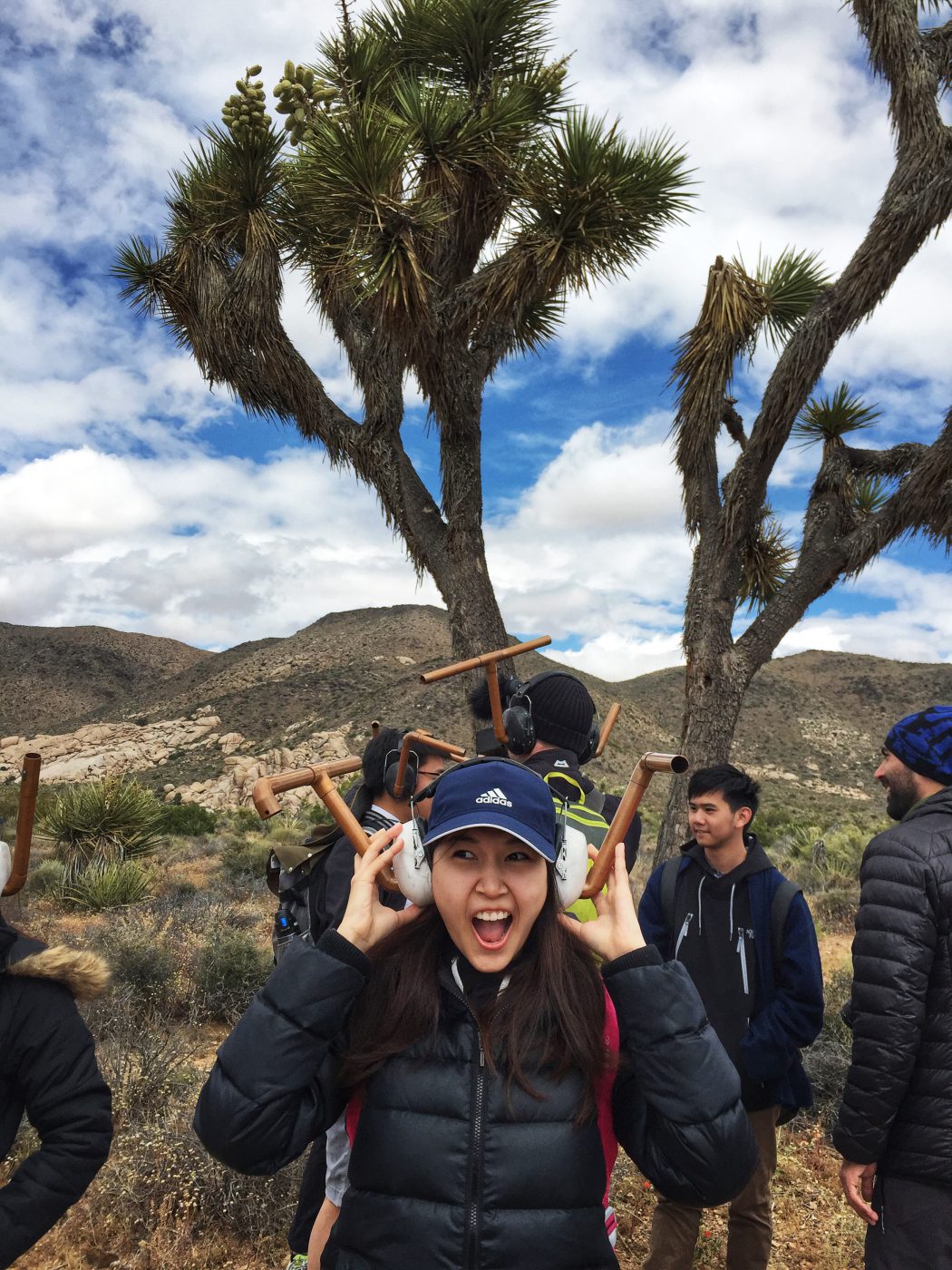
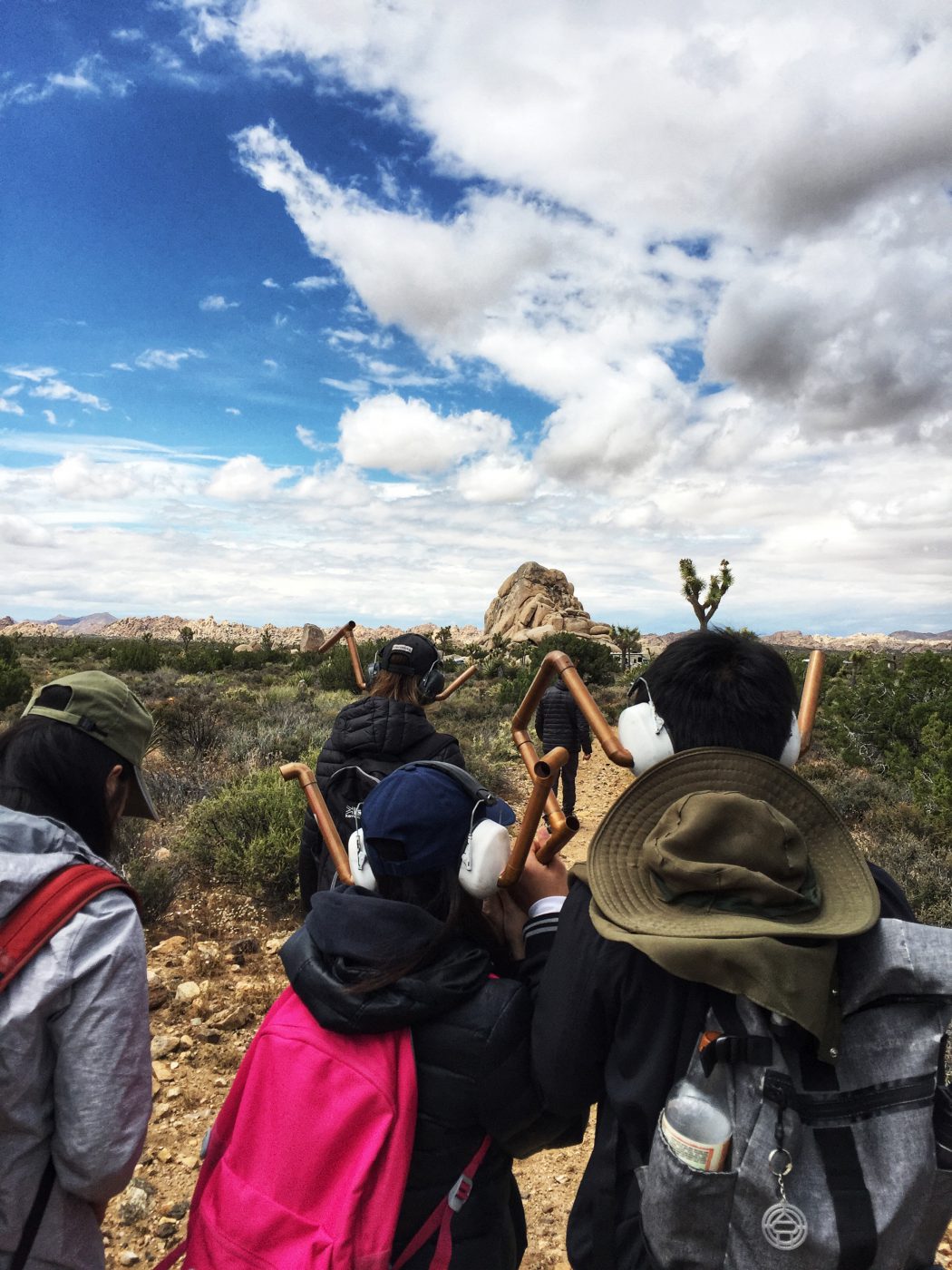
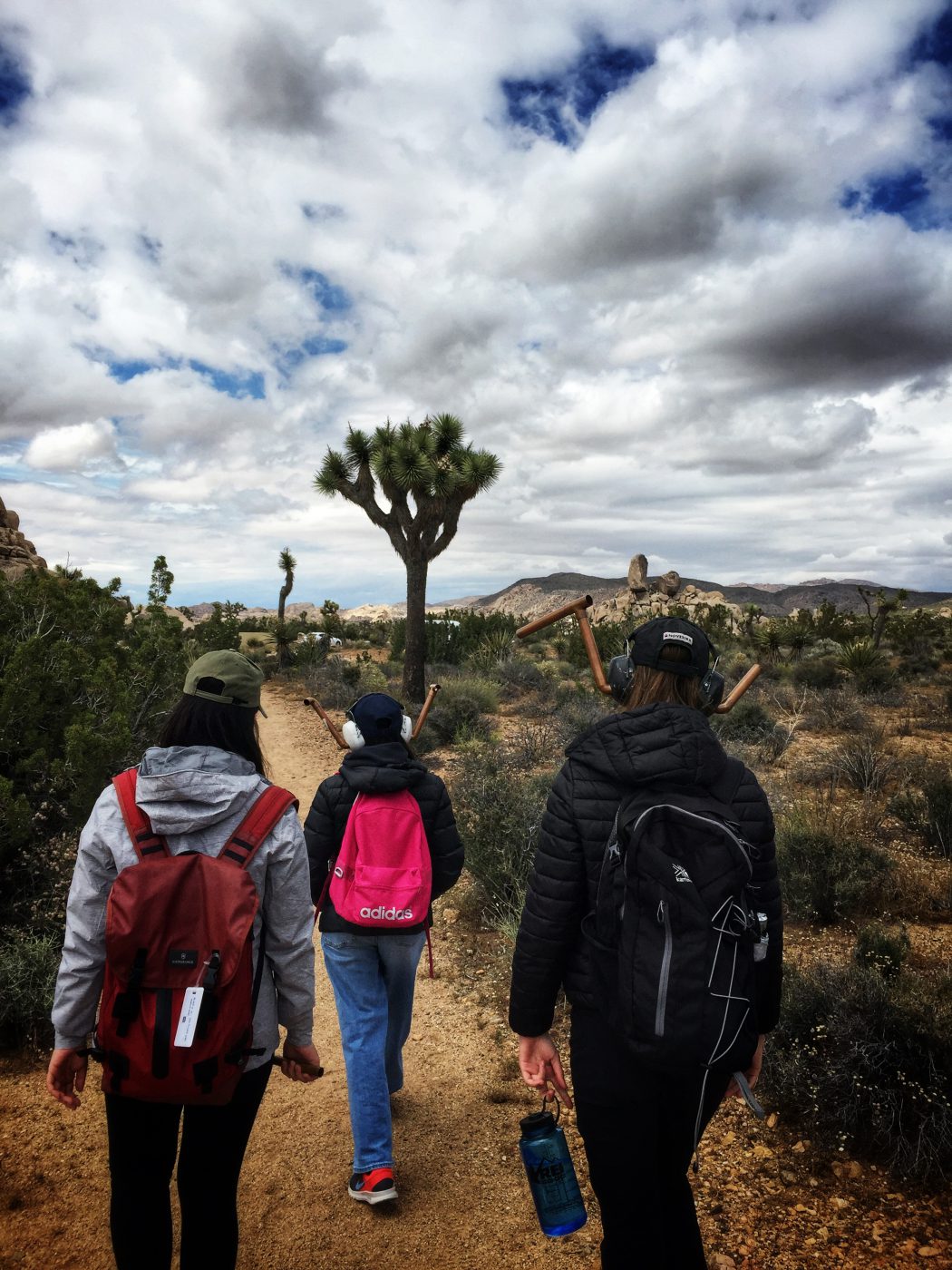
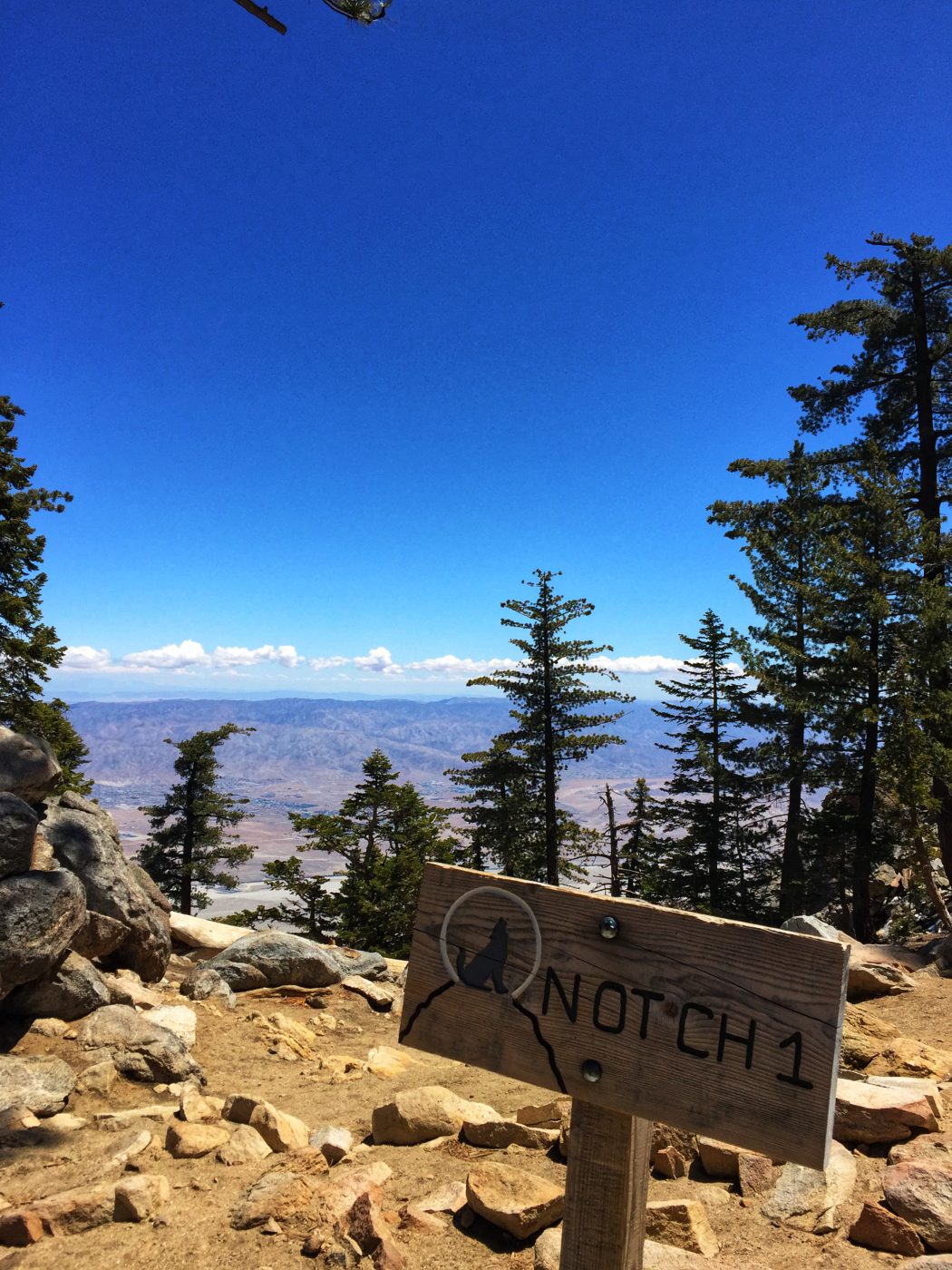

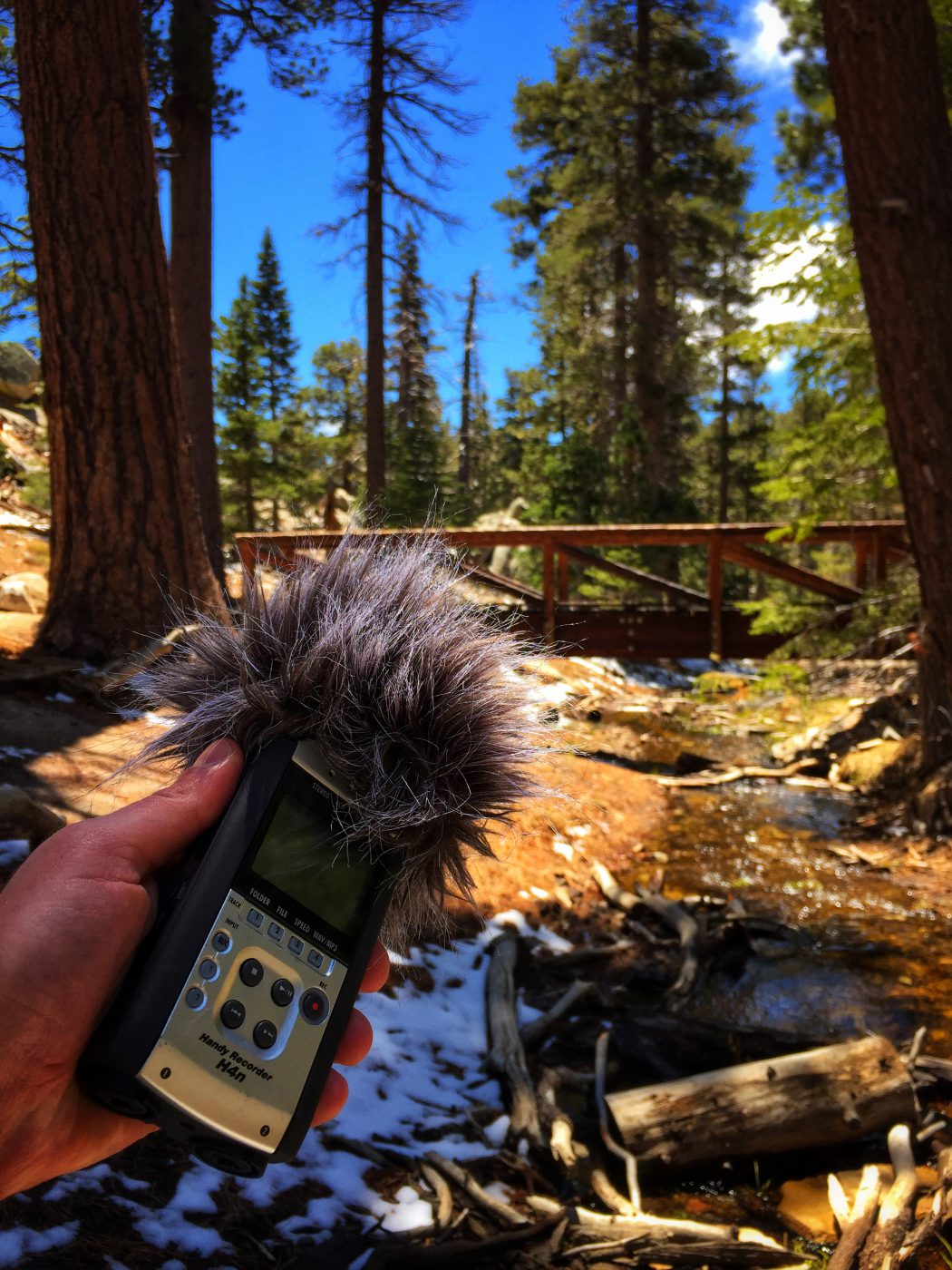
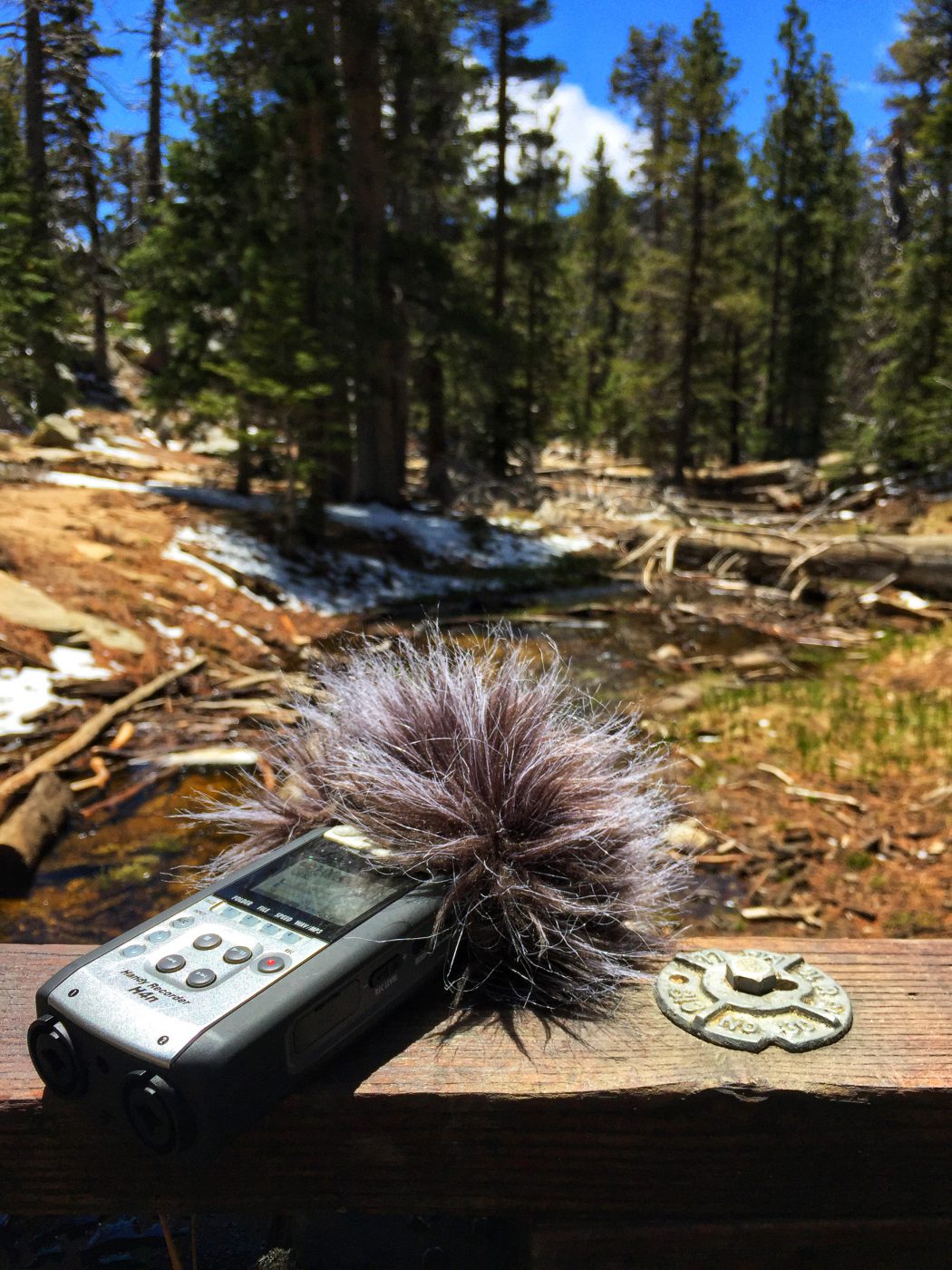
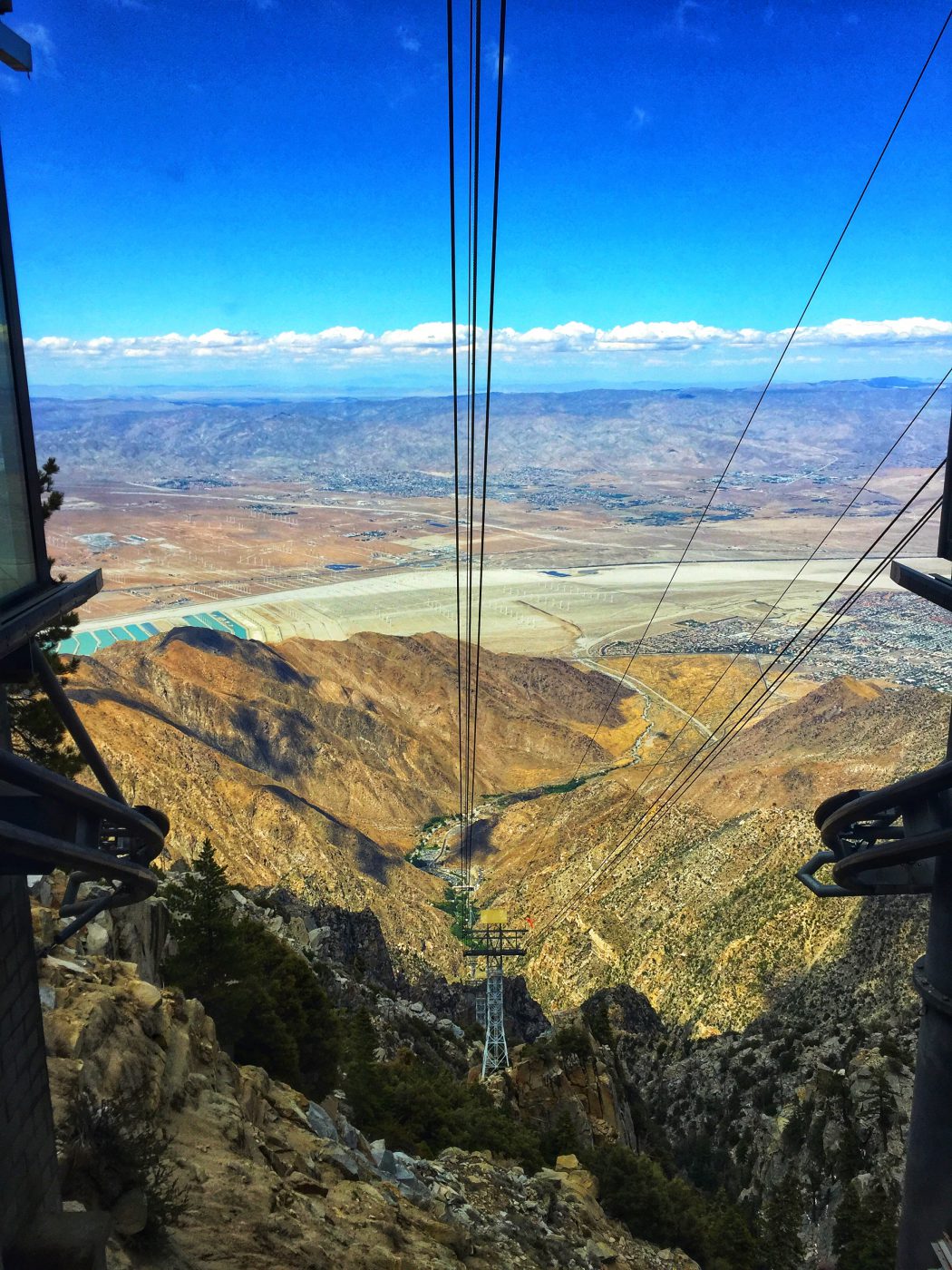

Acoustic Ecology is a relatively new field emerging at the intersection of a variety of disciplines and being defined by a variety of issues. A portion of this workshop will be focused on exploring the roles acoustic ecology can play in the designing, building, and experiencing of different environments. This will allow participants to transform critical relationships with sound into something that acts as a physical, theory driven lens through which to question a particular experience or context. What does it mean to actively listen? What objects facilitate the questioning of a sonic environment? Students will work to discover ways in which future forms of listening can be proposed and evaluated through critical engagement with materiality, context, and value. The end goal of this Listening Instruments workshop is to invent new objects that ask critical questions about how we listen and the value we place on sound in our surroundings.
Topics discussed: noise, silence, listening, naturesound, acoustic ecology, soundscape preservation, critical making, speculative design
Acoustic Ecology is a relatively new field emerging at the intersection of a variety of disciplines and being defined by a variety of issues. A portion of this workshop will be focused on discussing the roles acoustic ecology can play in the designing, building, and experiencing of different environments. This will allow participants to transform critical relationships with an intangible media into something that acts as a physical, theory driven lens through which to question a particular experience or context.
Each soundscape provides a unique set of experiences that has to potential to change over time. Sometimes this change is slow and measured while at others this change happens very quickly and chaotically. We don’t often think about listening as an activity that can be modified because we spend most of our time and energy consider ways in which it simply be enhanced (microphones and amplifiers) or limited (noise canceling headphones). But about that space in between those options? What if listening itself becomes a creative experience, modified and adjusted by the tools, materials, and forms through which we listen? What impact does this have on our understanding of place? How does it impact the possible ways we think about our engagement into the future?
The goal of this Listening Instruments workshop is to invent new objects that ask critical questions about how we listen and the value we place on sound in our surroundings.
The workshop begins with a listening walk and an active discussion to introduce the core principles of Acoustic Ecology. This will begin the 2 day focus on listening and the soundscape. We’ll also review a few different “ear cleaning” exercises to practice active listening followed by explorations of visually documenting, notating, and categorizing elements of the soundscape in order to provide a baseline understanding for how we intend to engage with the soundscape for the rest of the workshop. Students will spend time practicing active listening techniques, learning to use advanced audio field recording equipment, and develop a variety of tactics for engaging with and documenting the soundscape. These tactics will take place out in the field through a series of guided exercises.
What does it mean to actively listen and filter out unwanted sounds? What designed objects facilitate the questioning of a sonic environment? Students will work to discover ways in which ideas of future forms of listening can be proposed and evaluated through the critical engagement with materiality, context, and value.
The assessment of wanted and unwanted sound is a judgment. The separation of noise and signal is at the same time a technical exercise and subjective process. What conditions drive this assessment?
The final goal of the workshop is to design and build modified headphones for specific contexts and purposes with a focus on changing the relationship between a listener and their surrounding environment.
The final results of the workshop will take a couple different forms. First there will be the collection of critical listening devices that exist in physical form. These newly invented listening instruments will be documented in the form of photos and videos to demonstrate the relationship between listener, sound, and context. Images of these inventions along with other visual materials developed throughout the various listening exercises will also be shared in the form of a printed publication.